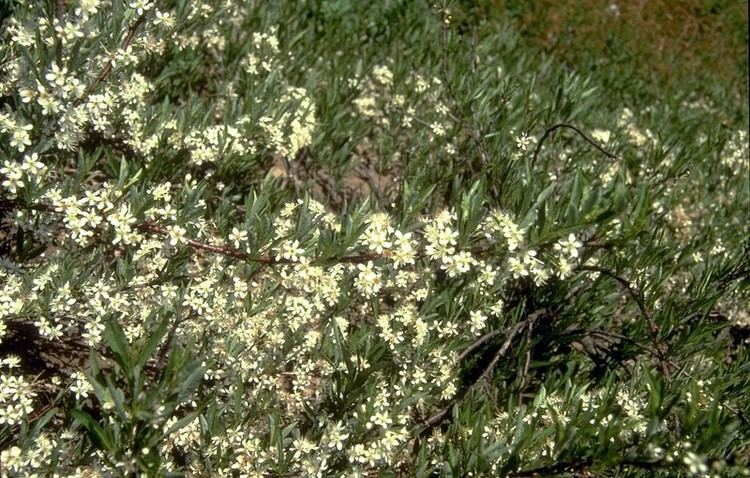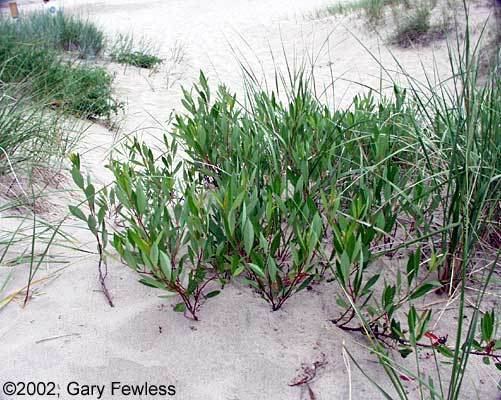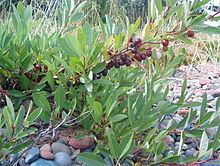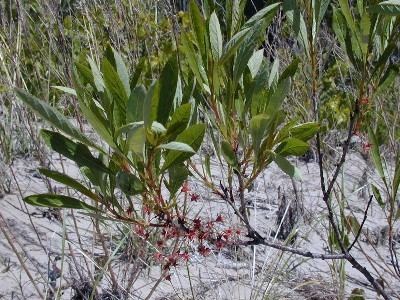Higher classification Prunus | Genus Prunus Scientific name Prunus pumila Rank Species | |
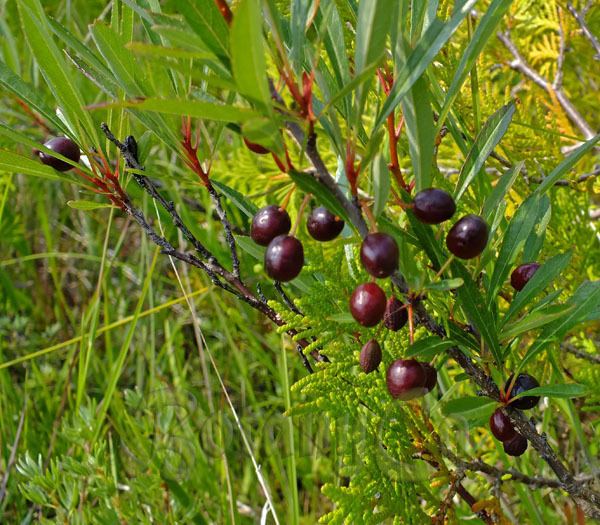 | ||
Similar Prunus, Prunus americana, Bitter‑berry, Prunus pensylvanica, Prunus maackii | ||
Prunus pumila, commonly called sand cherry, is a North American species of cherry in the rose family. It is widespread in eastern and central Canada from New Brunswick west to Saskatchewan and the northern United States from Maine to Montana, south as far as Colorado, Kansas, Indiana, and Virginia, with a few isolated populations in Tennessee and Utah. It grows in sandy locations such as shorelines and dunes.

Prunus pumila is a deciduous shrub that grows to 10–40 cm (4-16 inches) (rarely to 180 cm (6 feet)) tall, forming dense clonal colonies by sprouts from the root system. The leaves are leathery, 4–7 centimetres (1.6–2.8 in) long, with a serrated margin. The flowers are 15–25 millimetres (0.59–0.98 in) in diameter with five white petals and 25–30 stamens. They are produced in small clusters of two to four. The fruit is a small cherry 13–15 millimetres (0.51–0.59 in) diameter, ripening dark purple in early summer.
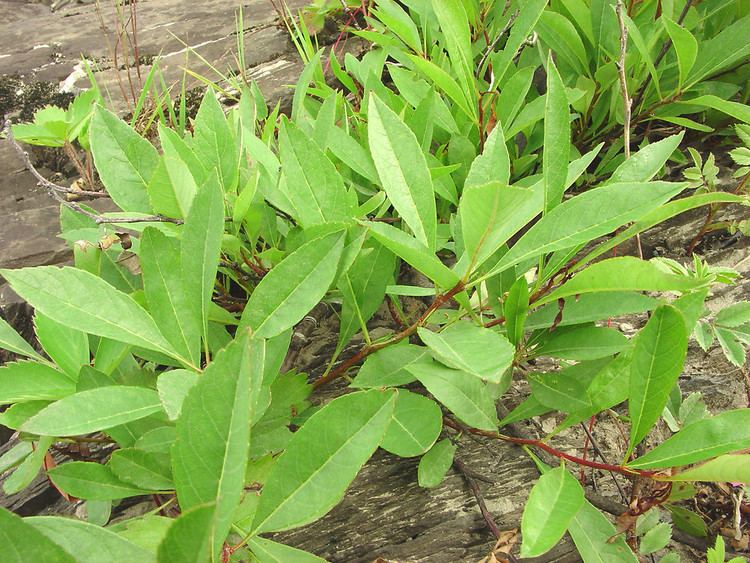
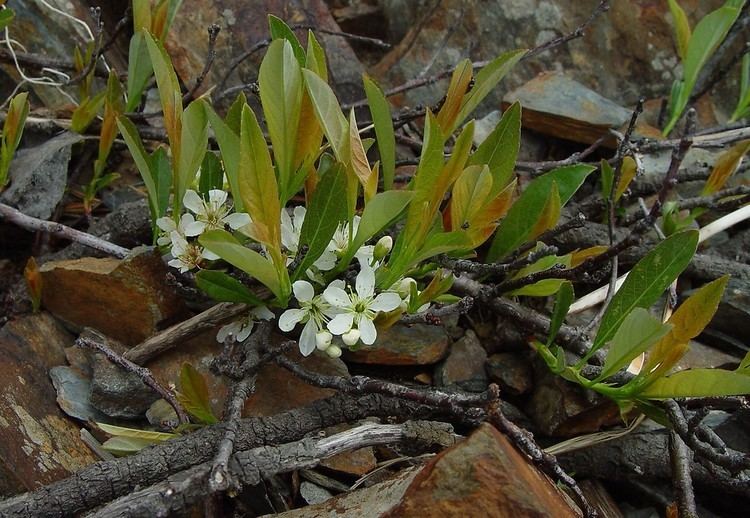
Prunus x cistena (purple leaf sand cherry) is a hybrid of Prunus cerasifera (Cherry Plum) and Prunus pumilla. It was developed by Niels Ebbesen Hansen of South Dakota State University in 1910.
